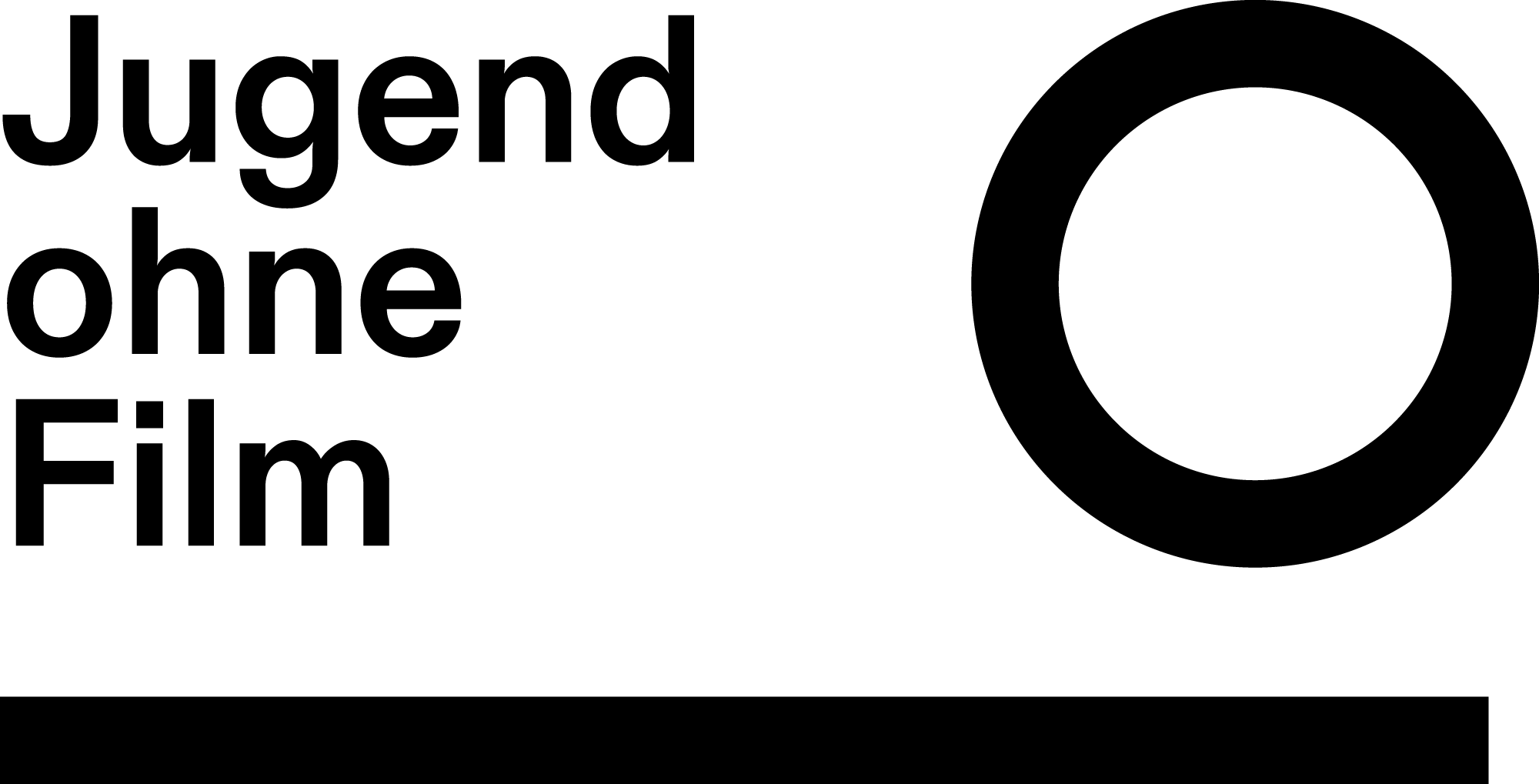The silken images of Joris Ivens’ La Seine a rencontré Paris are ephemeral. They only register momentum: the flicker of reflection, the drain of textile, the traces of a turning boat. The compositions are not reminiscent of their interwar predecessors, which were made in harbours and aimed at depicting the city’s relation to the river amidst industrializations. They are not wide enough to show the crowds of Das Lied der Ströme, an East German film co-directed by Ivens that relates the triumph of the working class to the civilizational character of rivers. La Seine a rencontré Paris is not directly about production or the conquest of riverbanks. The montage is clean and effortless; it draws a continuous arc between two ends of the city. Manual labour appears in the film but it is elevated, rounded, dreams of muscles and sweat set to fly in awe of rapids and whirlpools. The poetry of Jacques Prévert determines how Ivens films the Seine and the work, passion or strolls that happen in proximity to it. The poet is concerned with the ever-fleeting channels of water and their involuntary rush from the present. He recognises that the essence of this object is the very impossibility of it being seized. So he just dances around the idea of the Seine, charging its aimless existence with metaphors and personifications.
And Ivens observes the Parisiennes: dogs, children, lovers, people working, posing, running, finding a cigarette. He looks at the surface and tiny agitations of time. As opposed to his other films about the relation between a river and a city, La Seine a rencontré Paris doesn’t focus on the utilisation of the river. This film is also about modernity, but the Seine doesn’t become a device of modernity. Rather it provides a modern problem, namely spare time prescribed and framed by production with a backdrop. It’s an unaware companion to daybreaks, detachments from functionality and progress. The Seine can be a void to loose oneself in, or a body of distinct, personal meanings that all bypassers uncover. The film only gives voice to Prévert’s experience, but it’s the allegory of a collective impression each individual experiences differently. Its banks host a ceaseless social event, filled with the noise of free interaction, but it’s also an agora one can flee by letting the monotonous bluster of the river absorb the ruminations.
For some, the Seine doesn’t mean daybreak. The river, with the words of Prévert, is the factory itself. Even with a slight shift in perspective, Ivens sees workers. His elegant, dignified shots grant them with the strength of the river. In parallel planes, he films parallel movements; in one the workers push debris with a shovel in front of them, in the other a train crosses a bridge a the same speed as the shovels.
Ivens’ images encapsulate the awe felt for the Seine both as a sensual milieu and as an abstraction. Of all his films about urban life, it’s the most concerned with the sentiments – in La Seine a rencontré Paris the formal sublimity of the river is not juxtaposed against the oppressive presence of mechanics, but enriches the spiritual life of the citizens.
Some find it just like any other river, Prévert recalls in his text, struck by the ignorance in the observation. For him, the Seine is sovereign. It floats freely and never ties itself to just one partner, rather it pulls away the memories and imaginations of all those gazing at it, channeling them out of Paris as it streams beyond the city’s gate.


